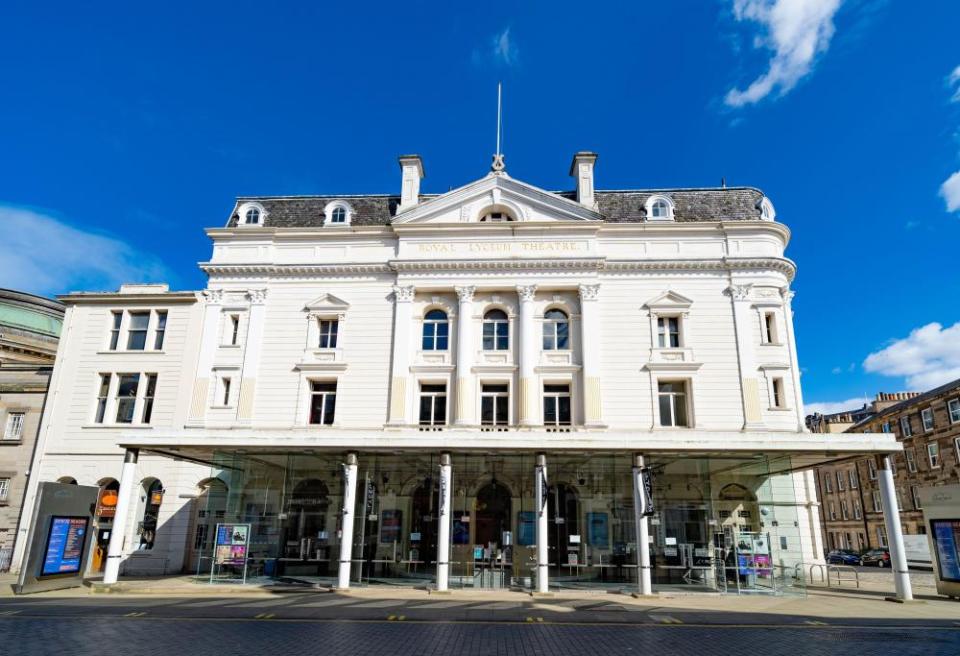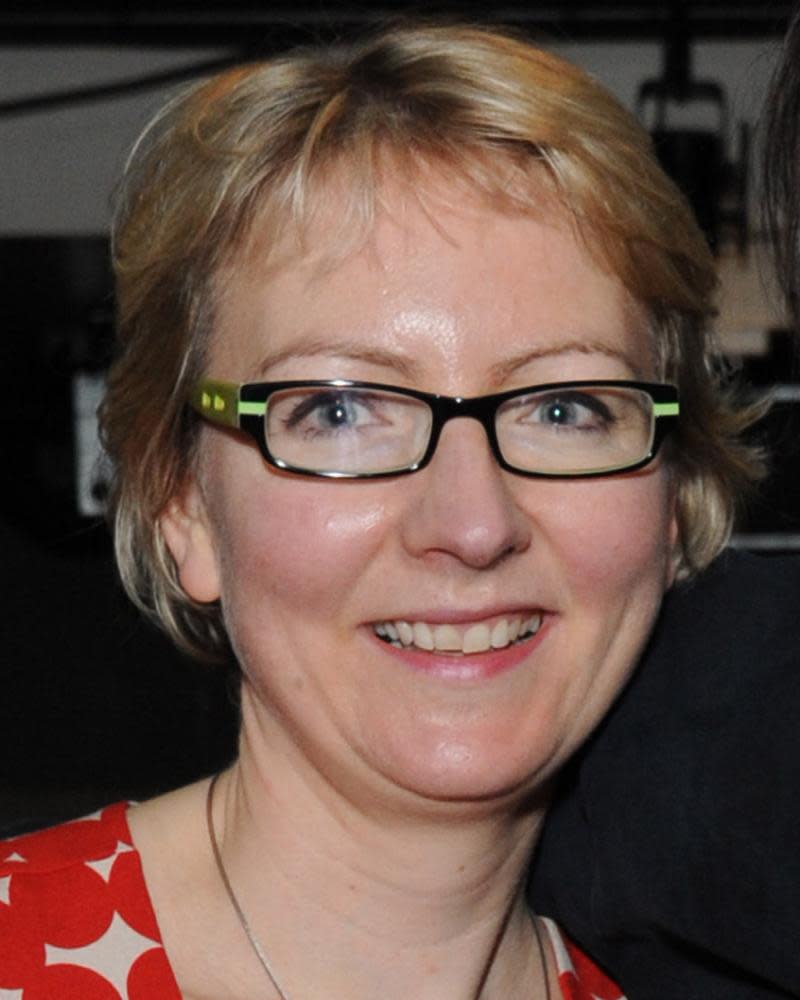Theatres that made us: from Stratford-upon-Avon to the Savoy
‘The RSC unlocked Shakespeare for me’

Lolita Chakrabarti: I grew up in Birmingham and went to the theatre for the first time as a teenager. A seminal production for me was in 1984 when I saw Antony Sher play Richard III at the Royal Shakespeare theatre in Stratford-upon-Avon. I paid £3 to stand at the back. I think it was more than three hours long but I didn’t notice. From the moment the play began it was like electricity. I was studying the play for O-level and this production grabbed it from the page and made it live. It unlocked Shakespeare for me and after that, I went back again and again. I saw Roger Rees play Hamlet and Berowne in Love’s Labour’s Lost that same year. More than 30 years later I played Gertrude to Nicholas Farrell’s Claudius directed by Kenneth Branagh and when I found out that they had been Horatio and Laertes to Rees’s Hamlet I was a teenager again, in awe of actors. I saw so many brilliant plays at the RSC at such a formative age – Hugh Quarshie in Romeo and Juliet and Josette Simon in Love’s Labour’s Lost showed me theatre was a very real possibility. I can still see them there now. That’s the great thing about theatre, when it moves you, it never leaves you.
Adrian Lester and Lolita Chakrabarti: A Working Diary is published by Methuen Drama on 6 August. Read more about the Royal Shakespeare theatre.
‘A building full of history with a little of my own’

Ben Weatherill: The best place to watch a show in the Savoy theatre is the grand circle. I should know, I saw Elle Woods graduate more than 250 times. No matter how often I told a patron that the spoon for the ice cream was under the lid with a strained smile on my face, I never got bored of the view. The Savoy, with every seat a different colour (inspired by a bed of zinnias in Hyde Park) and a dazzling proscenium arch, never failed to take my breath away.
Mostly, the Savoy was there as a lifeline. Working on the bar and tearing tickets with dancers, designers, playwrights, actors and musicians was a joy. We were there for each other through breakups (mostly because we were all shagging each other) and to champion those who made the leap to work on stage. It’s why, when I hear venues are quick to cull their front-of-house staff during the pandemic, I wince. I know how much new talent they’re denying a living.
It’s also where I met my husband. He would sneak me pick’n’mix and we would share kisses as we passed on the stairs backstage. But, most of all, I’ll remember getting drunk outside a stage door by a plaque that informed us that the Savoy was the first public building to be lit entirely by electricity. A building with all that history, which now has a little bit of my own, too.
Ben Weatherill is a writer for theatre, radio and television. Read more about the Savoy theatre.
‘We will return there to make sense of what has happened’


Zinnie Harris: All theatres are special, but the Royal Lyceum in Edinburgh has a particular place in my heart. The building might be tucked away behind a concert hall but, with its classical columns and glass-fronted entrance, it is both of the past and the present. Inside is a Victorian gilt-adorned chocolate box of a theatre and a stage that is as deep as it is tall, as if to say the world is wide and we can dream big. As a child I watched shows there; as a young adult I learned and shaped my craft; as a writer and director it’s the stage I return to; and now – soon – and in the future, it will be one of the places we come together, grieve, laugh, lick our wounds and make sense of what has happened to us.
When?, written and directed by Zinnie Harris, is part of the National Theatre of Scotland’s Scenes for Survival series. Read more about the Royal Lyceum.
‘The space is dynamic and democratic’

Deborah McAndrew: Newcastle-under-Lyme’s New Vic theatre is a fantastic organisation full of creative and generous people. It has been our “local” since my husband, Conrad Nelson, and I moved to North Staffordshire 20 years ago with our baby daughter. The New Vic was crucial as I rerouted my career towards writing. Subsequent artistic directors Gwenda Hughes and Theresa Heskins employed me as an actor and commissioned and programmed my work. The New Vic has also co-produced several of my plays for Northern Broadsides. The dynamic, democratic performance space has influenced me so much that I invariably think in-the-round as I write.
The New Vic is a stone’s throw from where Josiah Wedgwood built his factory at Etruria, and transported his ceramics to the world by constructing a canal between the rivers Trent and Mersey. Like the theatre’s founder, Peter Cheeseman, I am inspired by the rich industrial heritage of Stoke-on-Trent and by its people. The New Vic has also been a supportive friend in the development of our company, Claybody Theatre, which produces work in found spaces in the Potteries.
Deborah McAndrew is a playwright, actor and creative director of Claybody Theatre company. Read more about the New Vic theatre.
‘You can hear every gasp’
Sian Reese-Williams: Paines Plough’s Roundabout is like nothing else. This tiny pop-up in-the-round theatre can feel as intimate as a campfire and as epic as an amphitheatre, sometimes simultaneously. You are virtually in the audience’s laps – you can hear every gasp and whispered comment, see every tear. I’ve never felt that collaboration between audience and performer quite so keenly before, or since. When it’s full, the buzz is almost physical – like a heartbeat. But, perhaps surprisingly, some of my favourite shows were playing to 12 people on a cricket ground in the Lake District on a Tuesday afternoon; or in the square in Stoke-on-Trent to the guy who was on his way home with his shopping and decided to watch a play. That’s what it’s for. Those people should come away with exactly the same experience as a full house on the Southbank – and I’m still so proud that they did.
Sian Reese-Williams stars in Hidden on BBC iPlayer. Read more about the Roundabout theatre.
‘Symphony orchestras to standups, the variety amazes me’
Paul Warwick: At Warwick Arts Centre one evening many years ago, I realised what makes arts centres so special. Audiences were flooding into the foyer: from a gospel choir, an Oscar-winning film, a new play, an international dance show and a live recording of Question Time. People were jostling at the bar, queueing for the loos, bumping into friends and talking about what they were here to see. Everyone is welcome. The variety amazes me. A symphony orchestra or a comedian off the telly in Butterworth Hall, world class drama and dance in the theatre, more intimate work in the studio, a terrific film programme and wonderful exhibitions. The work presented by students from Warwick University (the Arts Centre sits on campus) regularly goes on to great success at the National Student Drama festival and the Edinburgh fringe. Lately I’ve enjoyed taking my youngest to children’s shows there or going on a sculpture trail around the campus, making stuff together – our cardboard Zog still adorns the mantlepiece.
Paul Warwick is co-artistic director of China Plate. Read more about Warwick Arts Centre.

 Yahoo News
Yahoo News 
